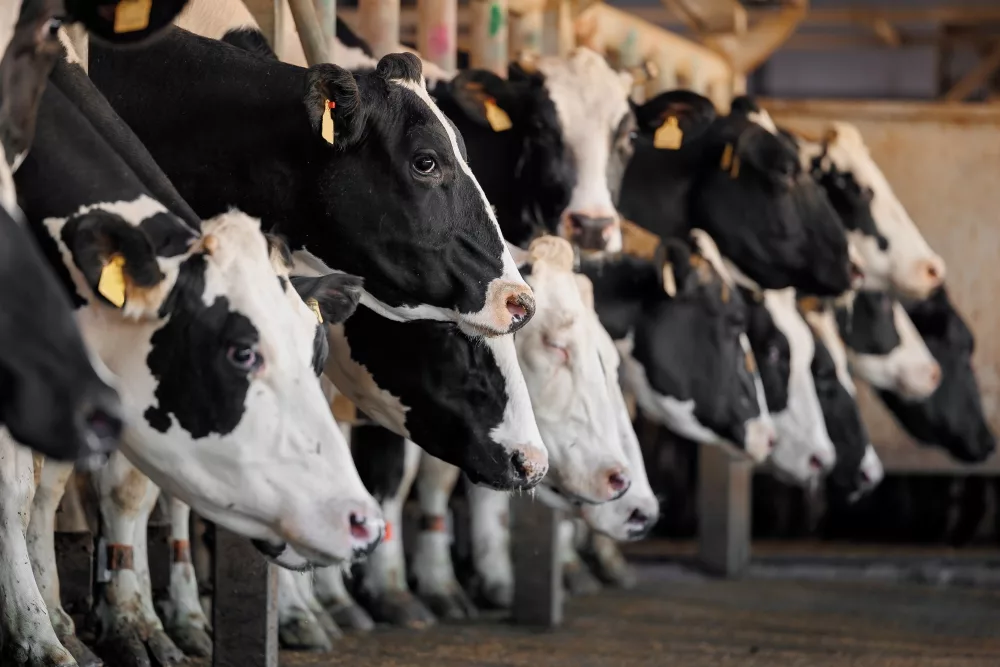
Last week, the USDA confirmed a case of African swine fever (ASF) in the Dominican Republic. While it’s early in the investigation, the National Pork Producers Council (NPPC) believes it came to the island via container ships, and the positive cases have come from backyard operations.
U.S. Customs and Border Patrol (CBP) along with the USDA have already been on high alert keeping ASF out of the country. However, Mary Kelpinski, CEO of the Michigan Pork Producers Association, said they’re being extra vigilant.
“We have lobbied for and worked pretty extensively with USDA and Customs and Border Patrol to build up our defenses to keep the disease out of the country,” she said. “USDA and Border Patrol and all the international airports are increasing their surveillance, especially the flights coming from the Dominican Republic, but this is a virus that is endemic in many parts of the world.”
Since ASF was first discovered in China in 2018, the pork industry has been making plans for when, not if, the disease makes it to our shores. Since it’s discovery is less than 900 miles away, Kelpinski said this should serve as a wakeup call.
“This is really an opportunity for producers to look at their biosecurity plans,” she said. “We started hounding them three years ago about making sure they had biosecurity plans, and we worked on that. That is something the COVID virus made us even more aware of—we had unfortunate opportunities to look at worst case scenarios and what we do if we don’t have a market for our hogs. We’ve made some advancements especially in the last year.”
Kelpinski said it’s estimated that 1 million pigs are on the road daily. There is a resource for pork producers to enroll in to follow the movement of hogs in the event of a foreign animal disease.
“AgView is a software program the National Pork Board (NPB) has quite a bit of money in—it’s free to all pork producers,” said Kelpinski. “It’s a way for them to really track where the pigs are moving to. If we did have ASF or some other foreign animal disease in this country, producers could allow the state veterinarians access to their information so the state veterinarian can look at the picture and say, ‘Here’s the next farm that we need to test.’”
Kelpinski wants to stress to consumers that ASF is not a threat to humans.
“There is no harm that can come to humans from the pigs getting ASF,” she added. “It has a high mortality rate for the pigs, but there is no human equivalent so the pork to eat is completely safe.”





